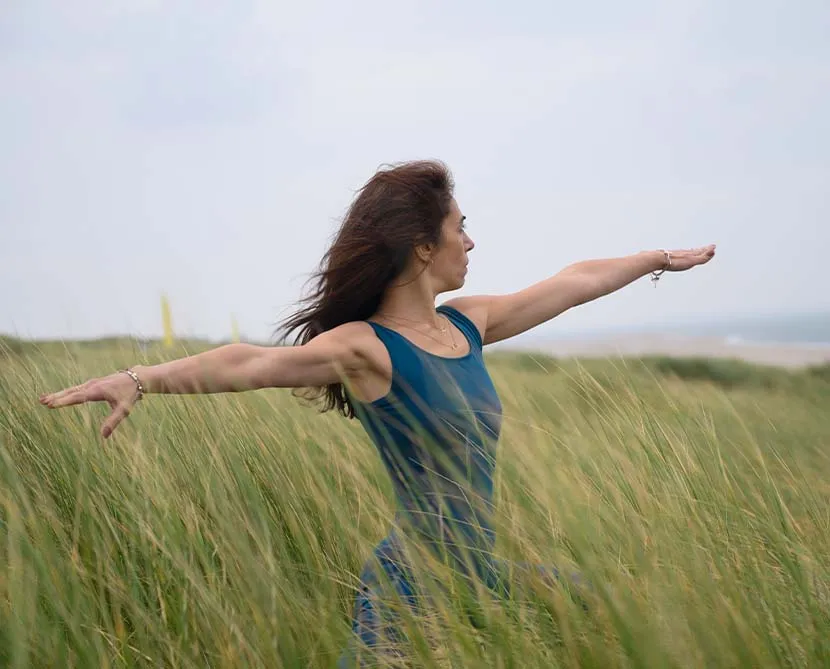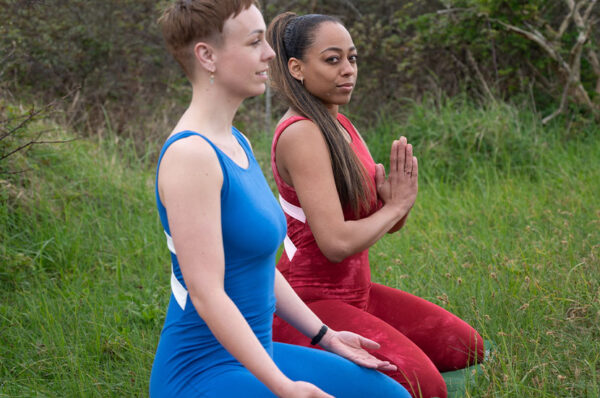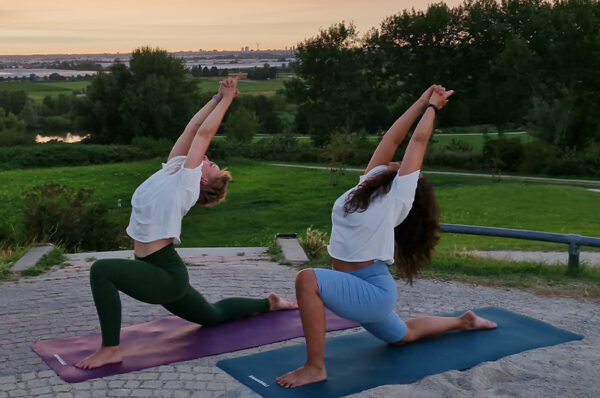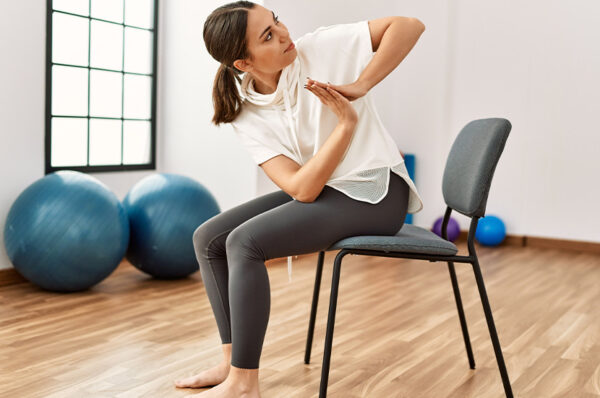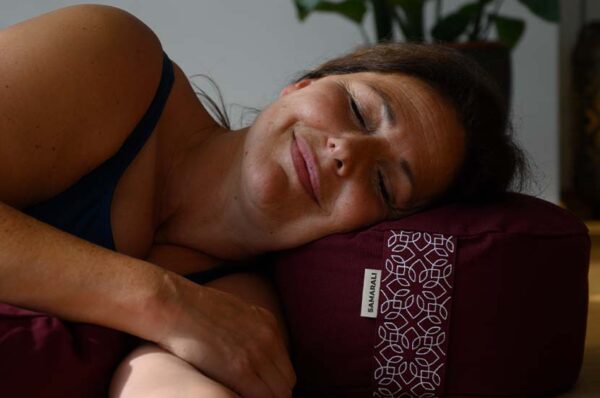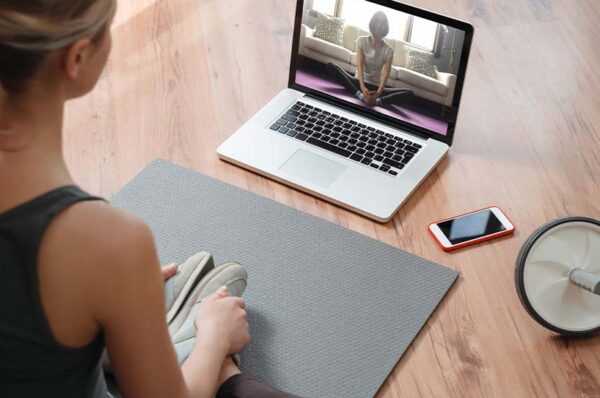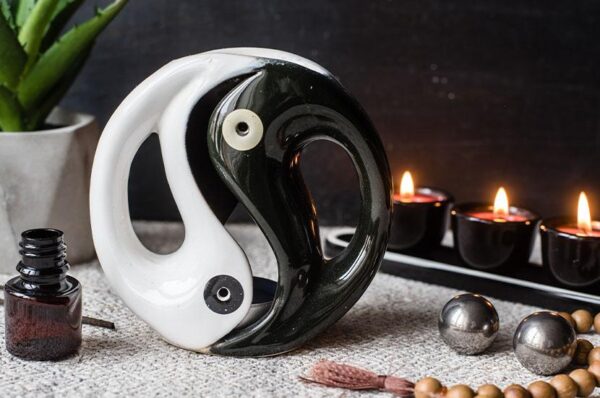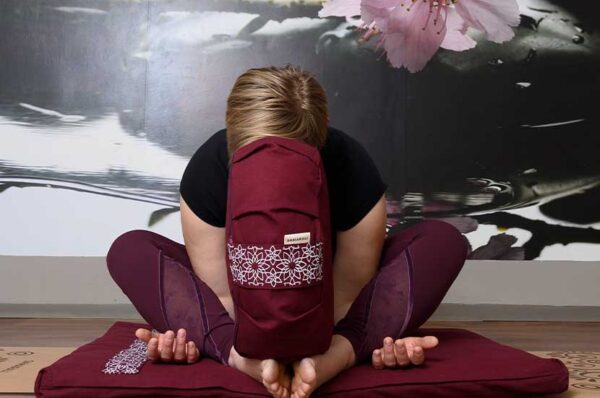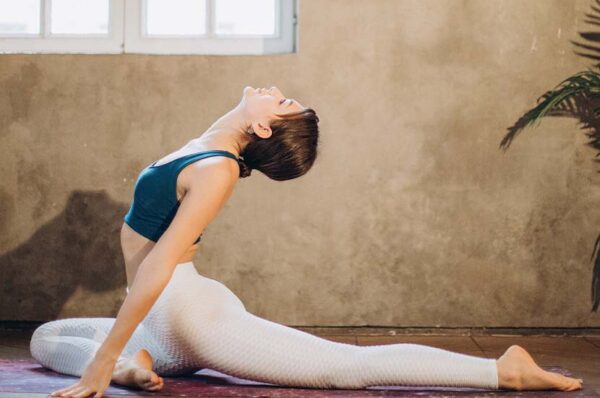I bet most of us get confused when we hear of how many types of Yoga we can practice. There are more than 90 different styles; some, such as Bikram Yoga, were even trademarked.
But did you ever wonder how did we come to the current yoga practice?
Most of the styles are based on asanas, meaning postures, combined with movements, breathing techniques, meditation, and mudras.
If we think about the Yoga positions, we imagine something active and physical.
The term asana, on the contrary, literally means ‘seat’. In fact, the asanas mentioned in the Yoga Sutras, the oldest written text that speaks about Yoga, are sukhasana and padmasana, the sitting positions we practice when we meditate.
The Yoga Sutras were compiled in the early centuries CE. The researchers call these times the “classical yoga” period.
Moving forward, we enter the “post-classical yoga” period, where the physical body starts to have more emphasis. This is when Hatha yoga made its way into the world.
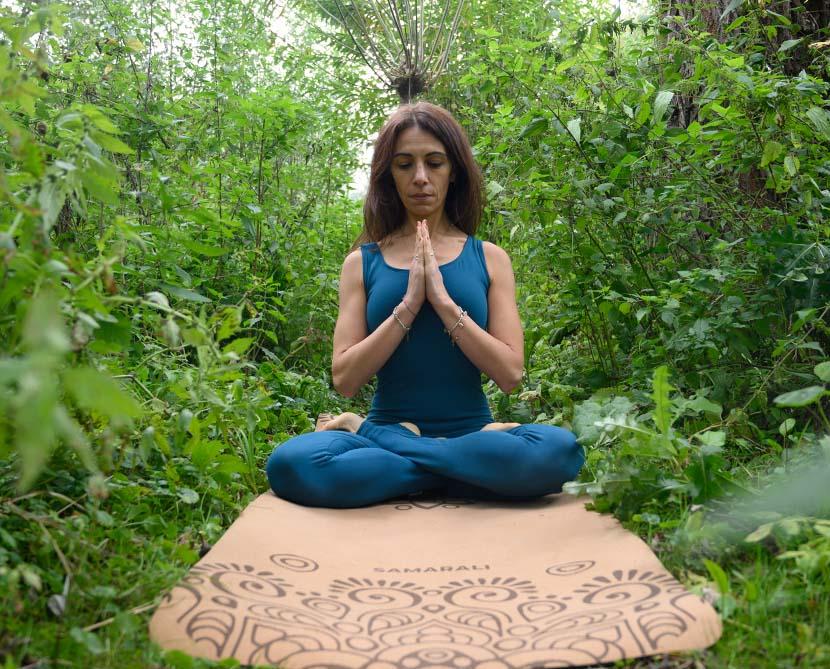
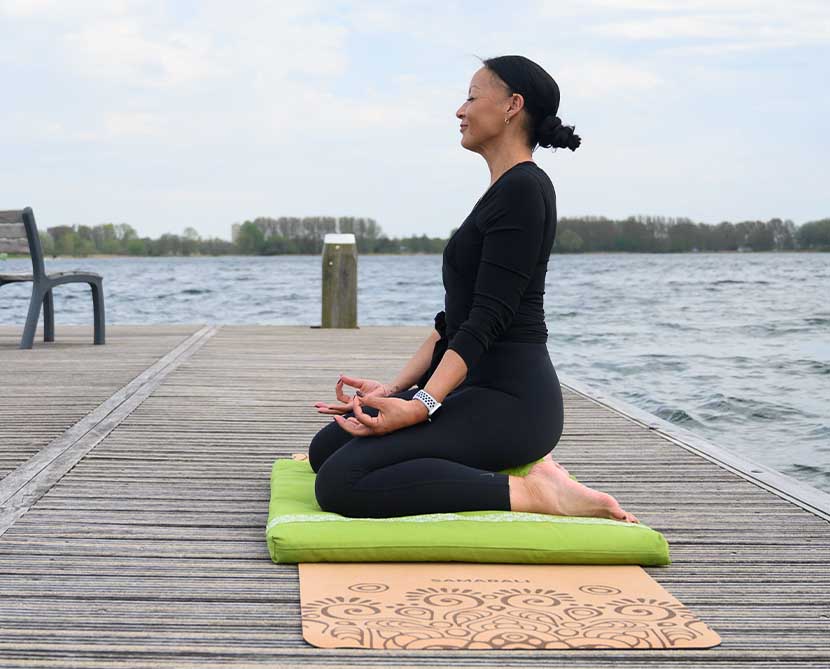
Hatha in Sanskrit means “stubborn”; for some traditions, Hatha Yoga practice means the stubborn practice of yoga.
For others, the term Hatha derives from “ha”: (‘sun’), and “tha” (‘moon’). They symbolize life force and consciousness.
When these oppositions come into one, they realize the harmony of being; we are fully alive and conscious.
We are not embracing this wholeness when we tend to get stuck in our mind, body, and heart; through Hatha Yoga, we can purify the body, calm the mind, and open the heart.
Yoga Pradipika
The first writing on Hatha yoga (Hatha Yoga Pradipika) was written in the fourteenth century by the Indian sage Swami Swatmarama.
The text looks in detail at asana, pranayama, mudra, bandha, and samadhi, giving specific guidance.
Other important written resources are the Shiva Samhita which shows the influence of Buddhism and tantra in the development of Hatha yoga, and the Gheranda Samhita, which describes the seven means of the yogic path.
These seven means of yogic paths are shatkarmas for purification, asanas for strength, mudras for steadiness, pratyahara for calmness, pranayama for lightness, dhyana for realization, and samadhi for bliss.
There are 3 main objectives of Hatha yoga:
- The total purification of the body
- The complete balancing of the physical, mental, and energetic fields
- The awakening of purer consciousness
Many people connect the origins of Hatha yoga to Tantra, even though most Hatha yoga traditions attribute their roots to the Raja yoga philosophy of Patanjali.
Patanjali is greatly influenced by the Buddhist philosophy of Yama and Niyama.
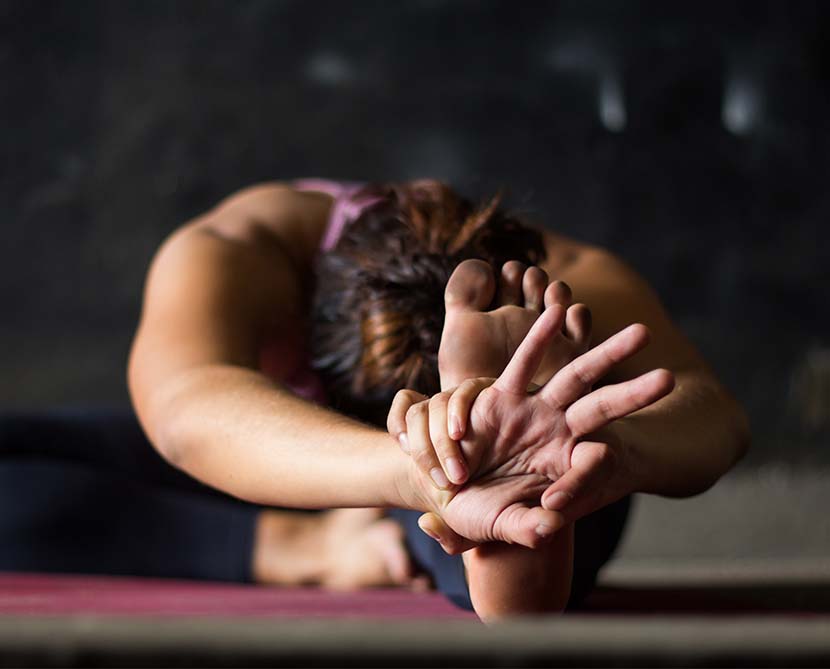
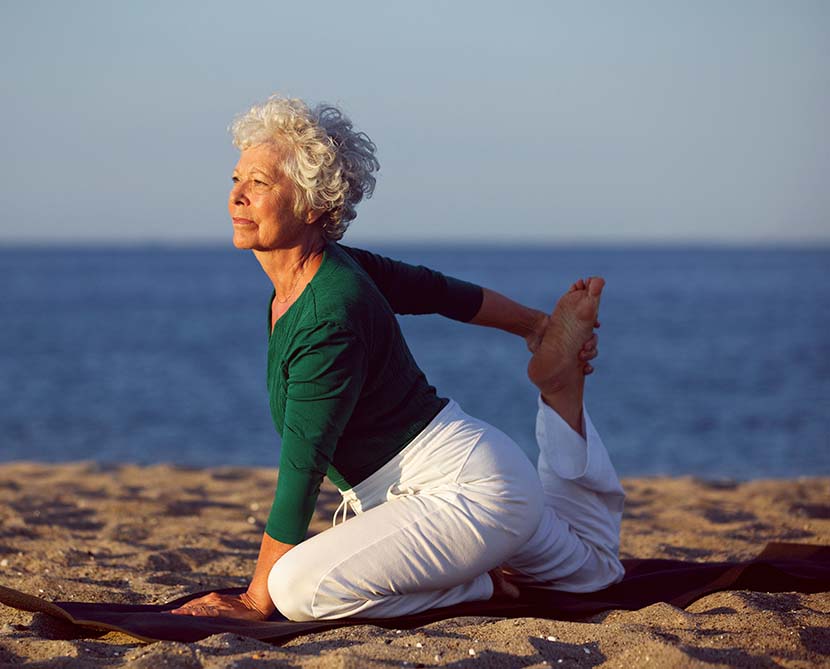
Tantra Yoga
The tantra movement in India was partly a reaction against the dualistic practices taught in the Vedas and Upanishads and codified in the Yoga Sutras.
The main idea of tantra is that everything in the universe is an expression of the divine feminine energy, called Shakti, and spiritual development goes through life’s experiences.
We can experience the divine if we open up to it, living the experiential world and not avoiding it.
This philosophy profoundly impacts how we think about the body and yoga practice.
According to the Tantra approach only by experiencing the material world, we find our path to enlightenment and happiness.
Tantra yoga seeks to balance – not renounce – human instincts in an attempt to reach enlightenment.
The idea of yoga in the tantric perspective is to reconcile the body, breath, and mind as one, and embrace the fullness of both masculine and feminine energies.
Despite the dualistic thinking, Tantric philosophy sees the two sides of energy, Shiva and Shakti, as one.
All these principles are still present in the modern yoga asana, meaning we can look at present yoga as a tantric practice.
Different styles, same roots
Looking at the different styles and nuances that modern western yoga embodies nowadays, we can see that the topics previously depicted have a lot in common.
Vinyasa links the poses in a flow through the breath. Ashtanga yoga follows the same approach as Vinyasa yoga and repeats the same pattern of poses.
Iyengar yoga focuses more on the alignment of the physical body. Yin Yoga targets the body’s deepest tissues through specific asanas.
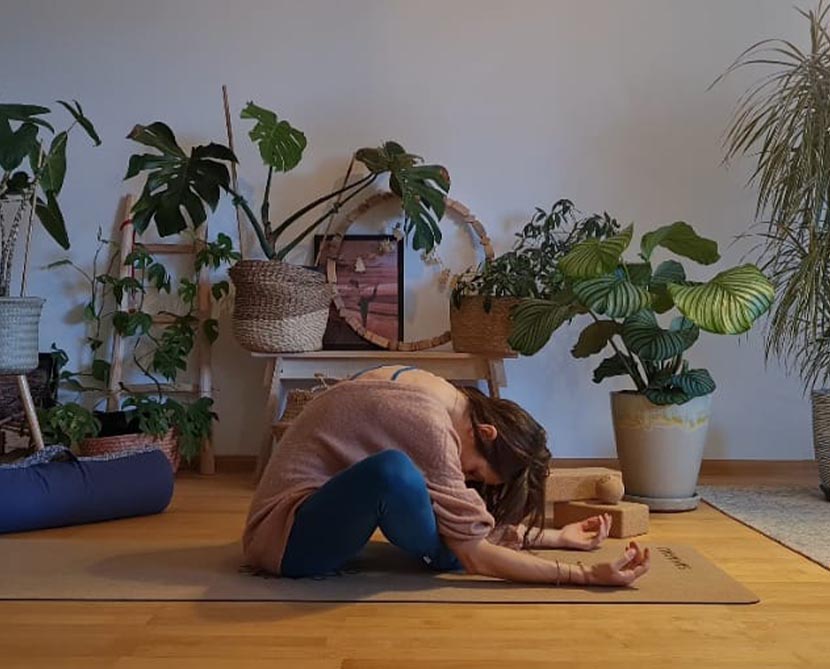

But even with dissimilarities during the specific practice, they all share the same purpose: increasing awareness and decreasing disease.
To me, Hatha is like the mother of the various branded forms of yoga.
Yoga as exercise, of the type seen in the West, has been greatly influenced by Swami Kuvalayananda and his student Tirumalai Krishnamacharya, who taught from 1924 until he died in 1989.
Both Kuvalayananda and Krishnamacharya combined asanas from Haṭha yoga with gymnastic exercises from the physical culture of the time.
At the same time, they are dropping most of their religious aspects, to develop a flowing style of physical practice that placed little or no emphasis on Haṭha’s spiritual goals.
How is Hatha Yoga different from other styles?
- In Hatha, asanas are held steady for 1-5 minutes. Most of the modern styles are dynamic and hold poses only briefly.
- The metabolism decreases.
- Hatha yoga asanas focus on internal organs and the spine instead of muscle groups and joints.
- The body goes through less wear and tear.
- It requires less oxygen.
- The stillness of the body and mind is more important than movement.
There are 84 traditional Hatha Yoga poses. These are the most popular ones:
- Shirshasna – Headstand
- Sarvangasana – Shoulderstand
- Halasana- Plough Pose
- Matsyasana – Fish Pose
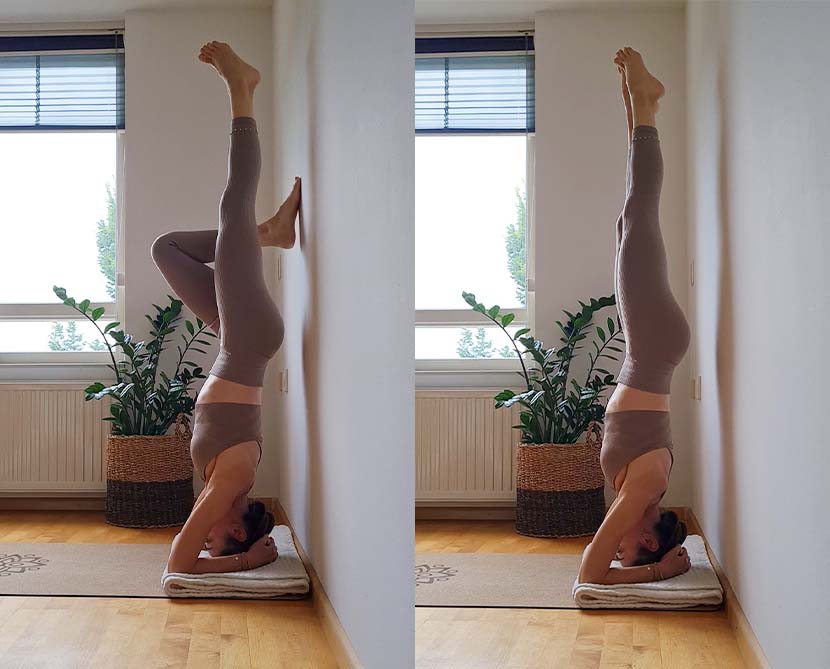
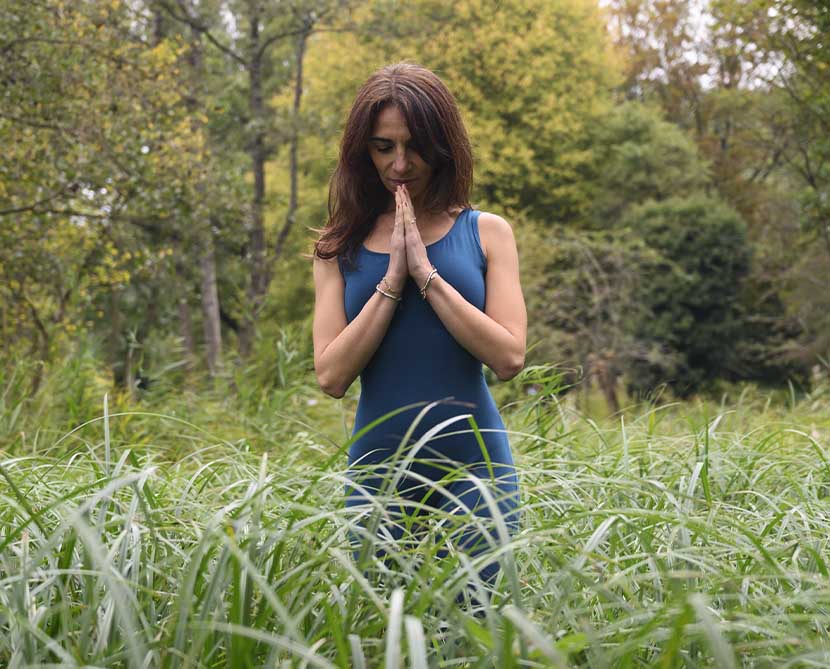
- Gomukhasana – Cow-Face Pose
- Paschimotthanasna – Seated Forward Bend
- Bhujangasana – Cobra Pose
- Mayurasana – Peacock Pose
- Natrajasana – Dancer’s Pose
- Vrkshasana – Tree Pose
If you are new to Yoga, I would advise you to start with some Hatha classes and have a grasp of the physical poses at a slower pace, with more focus on the stretching.
And when you start being more confident in the asanas, explore and experience other forms of physical practice.
I think they all have something to teach, including what it’s not meant for us.
Enjoy the journey, and smell the roses along the way 🙂
Sources:
Marianna has been practicing Yoga for more than eight years, and in 2020
she completed the 200h Yoga Teacher Training in Vinyasa at YogaMoves in Utrecht.
She is passionate about sharing Yoga with others, living more sustainably,
and traveling. Here is her INSTAGRAM page.
